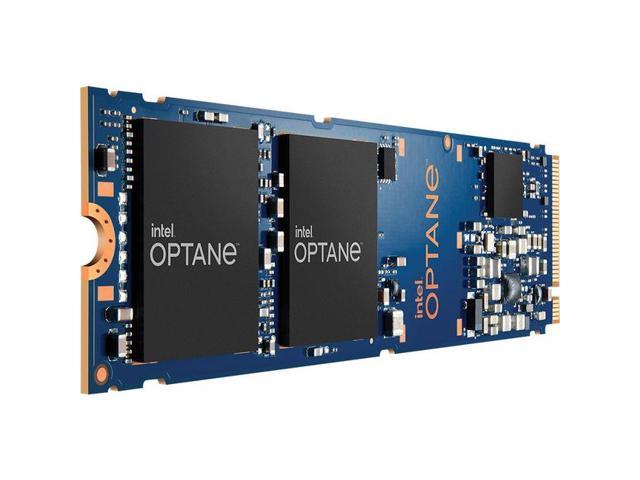CookieMonster
Dabbler
- Joined
- May 26, 2022
- Messages
- 34
What could be the possible use cases for:

 www.newegg.com
www.newegg.com
I snagged 3 pieces for my server build while they were in sale with the idea that I can return them until January of I don't end up needing it.
- ZFS has different types of caches. Which ones would benefit from this?
- Do they need to be ran in pairs/triplets?
- Would it help to place OS on this drive for low latency benefit, or is OS fully in RAM after boot anyway?
- Would using them for VMs help?
ALSO: Do these play nicely with AMD (Ryzen) platform? I would imagine it should be platform-agnostic because it's essentially an ultra-low latency SSD, but I read conflicting stuff online that AMD doesn't work as well with Intel Optane. Would appreciate if someone could clarify my confusion.
Thank you!
Intel Optane SSD P1600X SSDPEK1A118GA01
(118GB variety)
Intel Optane SSD P1600X SSDPEK1A118GA01 M.2 2280 118GB PCIe 3.0 x4, NVMe 3D XPoint Enterprise Solid State Disk - Newegg.com
Buy Intel Optane SSD P1600X SSDPEK1A118GA01 M.2 2280 118GB PCIe 3.0 x4, NVMe 3D XPoint Enterprise Solid State Disk with fast shipping and top-rated customer service. Once you know, you Newegg!
I snagged 3 pieces for my server build while they were in sale with the idea that I can return them until January of I don't end up needing it.
- ZFS has different types of caches. Which ones would benefit from this?
- Do they need to be ran in pairs/triplets?
- Would it help to place OS on this drive for low latency benefit, or is OS fully in RAM after boot anyway?
- Would using them for VMs help?
ALSO: Do these play nicely with AMD (Ryzen) platform? I would imagine it should be platform-agnostic because it's essentially an ultra-low latency SSD, but I read conflicting stuff online that AMD doesn't work as well with Intel Optane. Would appreciate if someone could clarify my confusion.
Thank you!

